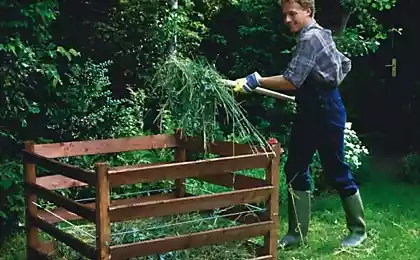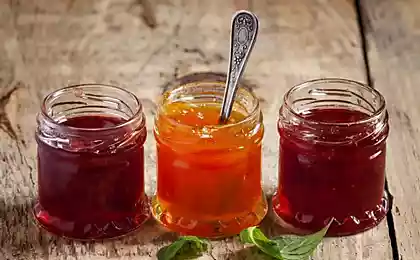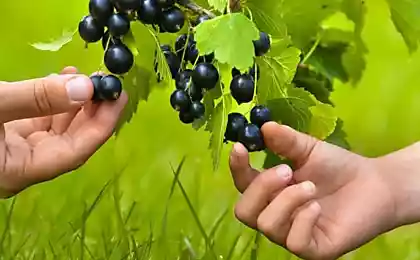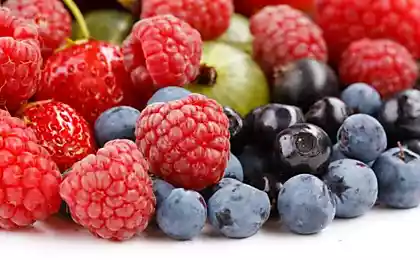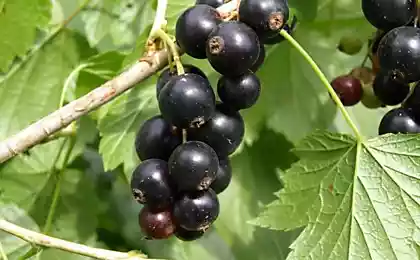184
The very first fertilization of currants, so that the berries shine with glossy heaviness on the bushes
For a long time currants live on one piece of land. To rejuvenate the bushes, summer residents regularly prune them. However, this is not enough if you want a generous berry crop. Since the plant depletes the soil in which it grows, it must be fertilized. How exactly to do it and currantsRead it in our article today.
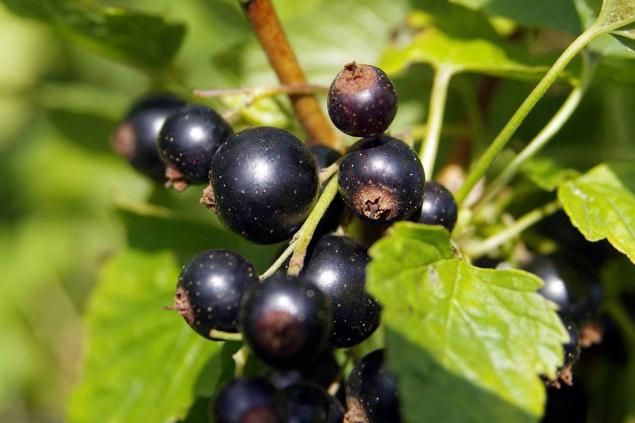
During the entire season of development and ripening of currants, it is best to fertilize it 5 times. The first feeding serves as a kind of alarm clock for the plant after long cold weather. Do it when your kidneys start to swell. The plant itself will tell you that it is time!
For the 2nd time, the bushes need to be fed when budging and flowering begin. Next, fertilizer should be introduced after the appearance of the first ovaries. Then 1-2 weeks after harvesting. And the last time before winter. This is necessary to prepare plants for the cold.
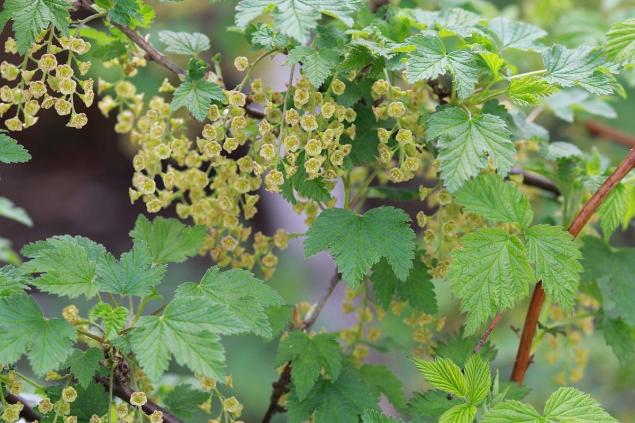
It is important not only the period when you need to fertilize currants, but also the feeding itself. For example, nitrogen fertilizers can be introduced strictly before flowering. In other words, during the 1st basic feeding. For this purpose, organic substances are suitable: humus, compost, mullet and chicken droppings.
You can also use urea familiar to all summer residents. For one bush, you will need only 40 g of pellets. Just pour fertilizer under the bush, loosening the ground by the trunk. Then be sure to pour the plant with water.

In addition, urea is part of an excellent mineral fertilizer. You will need 1 tbsp. l. substance, 1.5 tbsp. l. superphosphate, 0.5 tbsp. l. potassium sulfate and 10 liters of water. 1 adult currant bush leaves 1 bucket of feeding.
By the way, if you use peat or compost, they not only nourish the soil, but will become a kind of mulch. Manure and chicken droppings are excellent components for life-giving infusion. Mix them with water (1:10 and 1:15 respectively) and use them during watering. One currant bush will be enough 5 liters of fertilizer.

For the penultimate fertilization, the introduction of dry superphosphate (0.5 cups) and potassium sulfate (2/3 cups) is suitable. Just evenly distribute the fertilizer under the bush, and then pour the plant with water. Before the beginning of winter as a fertilizer can be used intermittent manure. Half a bucket will be enough for 1 bush of currant.
Depending on the type of feeding, you can judge its benefits for the plant. For example, potassium increases the resistance of currant to diseases. It also improves the quality of the berries themselves, affecting their taste and appearance.
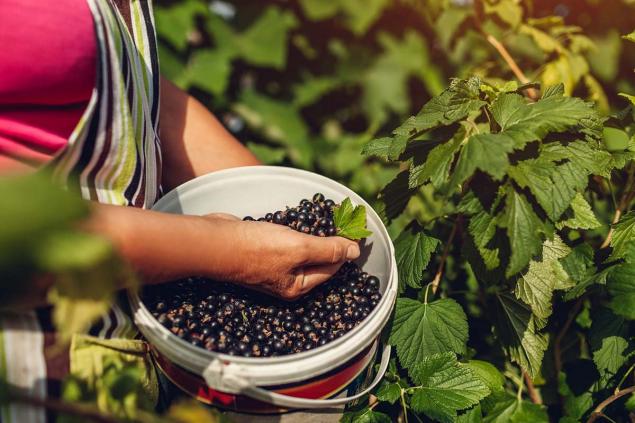
Phosphorus fertilizers It is necessary to strengthen the root system of the plant, increase its drought resistance. In addition, it is thanks to such feeding that currant will calmly survive the winter. And next season, the berries will become even more nutritious.
Large black currant will cease to be a dream if you follow the simple rules of agriculture. First, currants need a penumbra. Secondly, it is important to protect the bushes from pests.
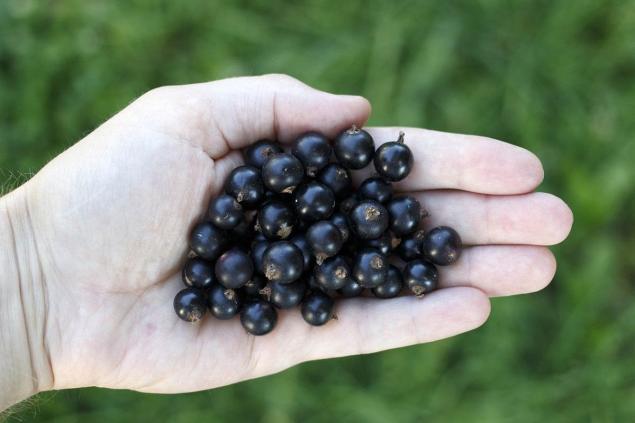
Also, do not forget that the yield of currant depends on what plants in the neighborhood it grows. Next to it perfectly coexist shrubs of honeysuckle and yoshta. Also nearby you can plant apple trees, strawberries, onions, garlic, as well as various spicy herbs.
Tell us in the comments, does currant grow in your garden and how do you fertilize it? By the way, in the spring it is time to feed not so much currants, but also other crops. We share a fresh article about fertilizers for garlic. A generous harvest!

During the entire season of development and ripening of currants, it is best to fertilize it 5 times. The first feeding serves as a kind of alarm clock for the plant after long cold weather. Do it when your kidneys start to swell. The plant itself will tell you that it is time!
For the 2nd time, the bushes need to be fed when budging and flowering begin. Next, fertilizer should be introduced after the appearance of the first ovaries. Then 1-2 weeks after harvesting. And the last time before winter. This is necessary to prepare plants for the cold.

It is important not only the period when you need to fertilize currants, but also the feeding itself. For example, nitrogen fertilizers can be introduced strictly before flowering. In other words, during the 1st basic feeding. For this purpose, organic substances are suitable: humus, compost, mullet and chicken droppings.
You can also use urea familiar to all summer residents. For one bush, you will need only 40 g of pellets. Just pour fertilizer under the bush, loosening the ground by the trunk. Then be sure to pour the plant with water.

In addition, urea is part of an excellent mineral fertilizer. You will need 1 tbsp. l. substance, 1.5 tbsp. l. superphosphate, 0.5 tbsp. l. potassium sulfate and 10 liters of water. 1 adult currant bush leaves 1 bucket of feeding.
By the way, if you use peat or compost, they not only nourish the soil, but will become a kind of mulch. Manure and chicken droppings are excellent components for life-giving infusion. Mix them with water (1:10 and 1:15 respectively) and use them during watering. One currant bush will be enough 5 liters of fertilizer.

For the penultimate fertilization, the introduction of dry superphosphate (0.5 cups) and potassium sulfate (2/3 cups) is suitable. Just evenly distribute the fertilizer under the bush, and then pour the plant with water. Before the beginning of winter as a fertilizer can be used intermittent manure. Half a bucket will be enough for 1 bush of currant.
Depending on the type of feeding, you can judge its benefits for the plant. For example, potassium increases the resistance of currant to diseases. It also improves the quality of the berries themselves, affecting their taste and appearance.

Phosphorus fertilizers It is necessary to strengthen the root system of the plant, increase its drought resistance. In addition, it is thanks to such feeding that currant will calmly survive the winter. And next season, the berries will become even more nutritious.
Large black currant will cease to be a dream if you follow the simple rules of agriculture. First, currants need a penumbra. Secondly, it is important to protect the bushes from pests.

Also, do not forget that the yield of currant depends on what plants in the neighborhood it grows. Next to it perfectly coexist shrubs of honeysuckle and yoshta. Also nearby you can plant apple trees, strawberries, onions, garlic, as well as various spicy herbs.
Tell us in the comments, does currant grow in your garden and how do you fertilize it? By the way, in the spring it is time to feed not so much currants, but also other crops. We share a fresh article about fertilizers for garlic. A generous harvest!
The old-fashioned situation in the house scares the grooms, I make repairs myself
For the first time he plastered and painted the walls, wound on a roller scotch on the advice of a painter.




